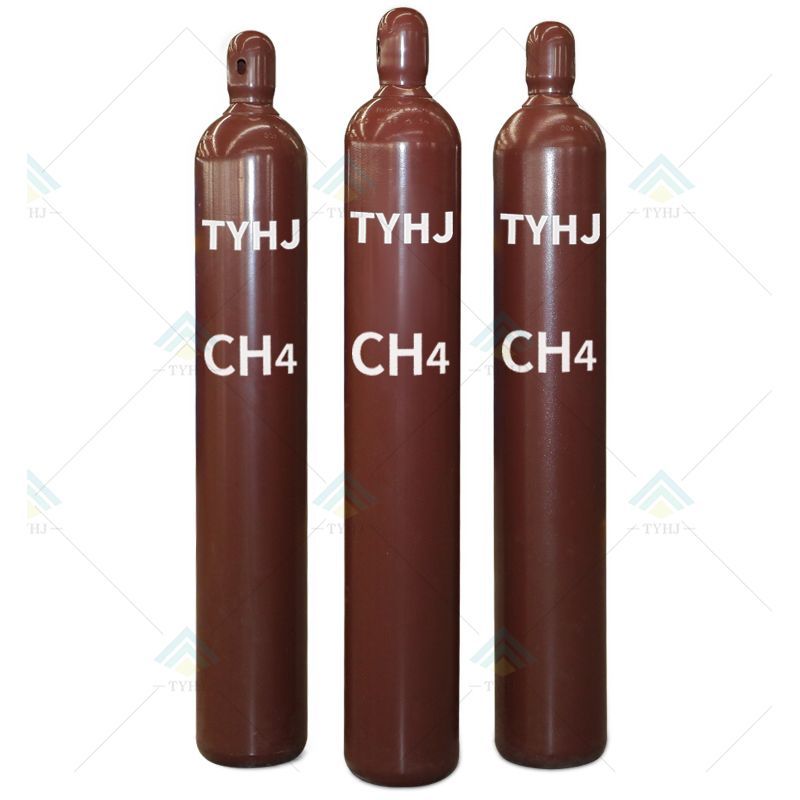Methane Gas: Navigating the Environmental Landscape
Methane gas a potent greenhouse gas, has found itself at the center of environmental discussions in recent years. This invisible but impactful gas plays a significant role in climate change, and understanding its sources, impact, and mitigation strategies is crucial for a sustainable future.
Sources of Methane Emissions
Natural Sources
Methane is naturally produced by various processes, including the decay of organic matter in wetlands and the digestive processes of certain animals. These natural emissions have been part of the Earth's cycles for centuries.
Human Activities Contributing to Emissions
However, human activities significantly contribute to the increase in methane levels. Agricultural practices, fossil fuel extraction, and waste management are among the leading culprits. Recognizing these sources is the first step in effective methane management.
Environmental Impact of Methane
Greenhouse Gas Effect
Methane is a potent greenhouse gas, trapping heat in the atmosphere and contributing to the greenhouse effect. Understanding its role in global warming is essential for addressing climate change challenges.
Contribution to Climate Change
The impact of methane on climate change goes beyond just global warming. It affects weather patterns, sea levels, and poses a threat to ecosystems worldwide. Acknowledging these consequences is vital for comprehensive environmental stewardship.
Methane Capture Technologies
Overview of Technologies
In the quest to mitigate methane emissions, various capture technologies have emerged. These technologies aim to trap and repurpose methane, preventing its release into the atmosphere.
Importance in Reducing Emissions
The application of methane capture technologies is crucial in reducing the overall environmental footprint. From landfill gas capture to innovative solutions in agriculture, these technologies offer hope for a cleaner, greener future.
Methane in Agriculture
Livestock Emissions
Livestock, particularly ruminants, contribute significantly to methane emissions. Understanding and addressing these emissions in agriculture is essential for sustainable food production.
Sustainable Farming Practices
Implementing sustainable farming practices, such as precision agriculture and dietary adjustments for livestock, can significantly reduce methane emissions. Balancing food production with environmental responsibility is a key challenge for the agricultural sector.
Role of Methane in Energy Production
Natural Gas Extraction
Methane is a primary component of natural gas, a widely used energy source. Balancing the demand for energy with sustainable extraction methods is crucial for minimizing environmental impact.
Advancements in Cleaner Energy Alternatives
As technology advances, cleaner alternatives to traditional fossil fuels are emerging. Exploring and adopting these alternatives is essential for a sustainable energy future that minimizes the reliance on methane.
Global Initiatives to Control Methane Emissions
International Agreements
Global efforts, such as the Paris Agreement, underscore the importance of collective action in reducing methane emissions. International cooperation is key to addressing this global challenge effectively.
Government Regulations and Policies
Governments worldwide are implementing regulations and policies to curb methane emissions. From emission standards to incentives for sustainable practices, these measures play a vital role in environmental conservation.
Challenges in Methane Mitigation
Technological Challenges
While there are promising technologies for methane mitigation, challenges in scalability and implementation exist. Overcoming these hurdles is essential for widespread adoption.
Balancing Economic Interests
The transition to methane reduction measures must balance environmental goals with economic interests. Striking this equilibrium is a complex task requiring collaboration between governments, industries, and communities.
The Future of Methane Management
Emerging Technologies
Ongoing research and development are uncovering new ways to manage methane emissions. From innovative capture methods to sustainable energy solutions, the future looks promising.
Research and Development Efforts
Investing in research and development is critical for staying ahead of the curve in methane management. Continued efforts in understanding and addressing this environmental challenge are necessary for long-term success.
Case Studies on Successful Methane Reduction
Highlighting Real-World Examples
Examining success stories in methane reduction provides inspiration and guidance for future initiatives. Case studies showcase the tangible positive impact of proactive environmental measures.
Positive Environmental Impact
These case studies demonstrate that effective methane reduction measures can yield positive environmental outcomes, reinforcing the importance of collective action.
Educational Awareness on Methane
Public Understanding
Educating the public about methane, its sources, and its impact is crucial. Increased awareness fosters a sense of responsibility and encourages individuals to make environmentally conscious choices.
Educational Programs and Campaigns
Initiatives that promote education on methane, whether through school programs or public awareness campaigns, contribute to building a more informed and environmentally conscious society.
Business Responsibility in Methane Reduction
Corporate Initiatives
Many businesses are recognizing their role in methane reduction. Implementing sustainable practices, reducing emissions in supply chains, and investing in cleaner technologies showcase corporate responsibility in action.
Sustainable Practices
Businesses adopting sustainable practices contribute not only to environmental conservation but also to their long-term viability. Being environmentally responsible is increasingly becoming a competitive advantage.
Community Involvement in Methane Control
Grassroots Movements
Communities play a vital role in methane control through grassroots movements. Local initiatives, whether in waste management or sustainable living, contribute to the broader effort.
Local Initiatives and Their Impact
Highlighting the impact of local initiatives emphasizes the power of communities in effecting change. Small actions collectively lead to significant results in methane reduction.
Benefits of Methane Reduction
Positive Effects on the Environment
Reducing methane emissions has a direct and positive effect on the environment. From mitigating climate change to preserving ecosystems, the benefits are far-reaching.
Long-Term Sustainability
Emphasizing the long-term sustainability of methane reduction measures underscores the importance of ongoing efforts. A commitment to sustainable practices ensures a healthier planet for future generations.
In conclusion, addressing the challenges posed by methane gas requires a multi-faceted approach. From technological advancements to individual responsibility, everyone plays a part in securing a sustainable future. As we navigate the environmental landscape, a collective commitment to methane reduction will pave the way for a greener and healthier planet.




